My entire life, being outdoors has been a representation of freedom, transportation, and entertainment. It may have started with winning a full size BMX bike in a raffle at age five (this bike was far, far too large for a five-year-old). Even prior to the two-wheeler, I had a three-wheeled “big wheel” that skidded across the tennis court and gave me a deep sense of freedom. My personal relationship with bicycles allowed me to be outside for hours on end and see the world – or at least our neighborhood backwoods trails in suburban Michigan. This early love of movement and the feeling of the wind in my hair, whether it on skis, bikes, or out on the lake, became a driving force in my daily life.
For me, it’s a huge blessing and privilege to orient around this staple of nature, and I believe that people gain perspective, compassion, acceptance, joy, and love for the environment when they spend more time outdoors – the more undeveloped the environment, the better. We have lost some values and benefits that come from nature, and I’m on a mission to change that with a few suggestions, a bit of encouragement, and research on how realigning with the natural world can benefit both us and the environment.
The more nature we are exposed to, the more likely we are to be healthy. Recently, research shows that forest bathing (or spending time in forest environments) promotes lower concentration of cortisol (a stress hormone), pulse rate, blood pressure, and sympathetic nerve activity, as well as greater parasympathetic nerve activity, more than time spent in city environments. Coupled with the lower levels of noise, light, and air pollution, it seems a strategy in preventative medicine (and a smart investment) is to seek out and utilize forest environments.
Humans are beings of nature; our natural habitat is the world at large. In industrialized and technology-based societies, we are often removed from nature. Studies show children having outdoor time is linked to relationship health, being less sedentary, and a declining chance for obesity. In theory, we encourage youngsters to play outdoors, but based on children’s preferences, access to ample outdoor space for city dwellers, and rigorous demands for homework and productivity, this can be an uphill battle. Additionally, there are statistical correlations between access to greenery and human physical activity with health, indicating that we can physically and emotionally benefit from being out in nature.

Studies also suggest that natural environments may have direct and positive impacts on personal well-being. When evaluating children and adolescents, there is conditional support for the benefit of nature-based experiences on self-esteem, self-efficacy, resilience, and academic and cognitive performance. In addition, when exposed to nature, children tend to increase their social and behavioral skills. And finally, direct economic benefits include that nature time is relatively free, decreasing healthcare costs.
In addition to the intrinsic benefits of the exercise, outdoor activity can be more beneficial than the same activity stimulated by technology in the gym. With advanced virtual reality technologies, computer-aided visuals can make the brain thinks it’s in nature or any other setting. But, it’s actually increasing our separation from time spent in nature. What’s more, smartphones prevent us from being present while actually in nature; this can be seen at any national park, where visitors are more concerned with capturing the best photo in front of the vista, rather than connecting with or bring present to the landscape itself. When (and if) possible, people should seek outdoor pursuits – sans technology. Rather than adding to an already-busy weekday schedule, consider starting with weekends and holidays!
Spending time outside can actually benefit the earth, as our emotional affinity toward nature can lead to protective actions toward the environment. This means we can cultivate the intrinsic value of protecting our precious natural lands, including state and national parks. It is suggested that there is a connection between human psychology and ecology, in that we may be useful to find each within the other. The field of “ecopsychology” considers that perhaps pervasive of isolation and dysfunction in the human psyche have a root in the loss of connection with the natural world, and that by reestablishing the connection, we, as a species, can heal and grow like trees, plants, and animals. In fact, by communing with nature via cultivating spaciousness, consciousness, and deep sensory awareness to the wide-open lands, we may be able to find our way back to our truest inner nature.
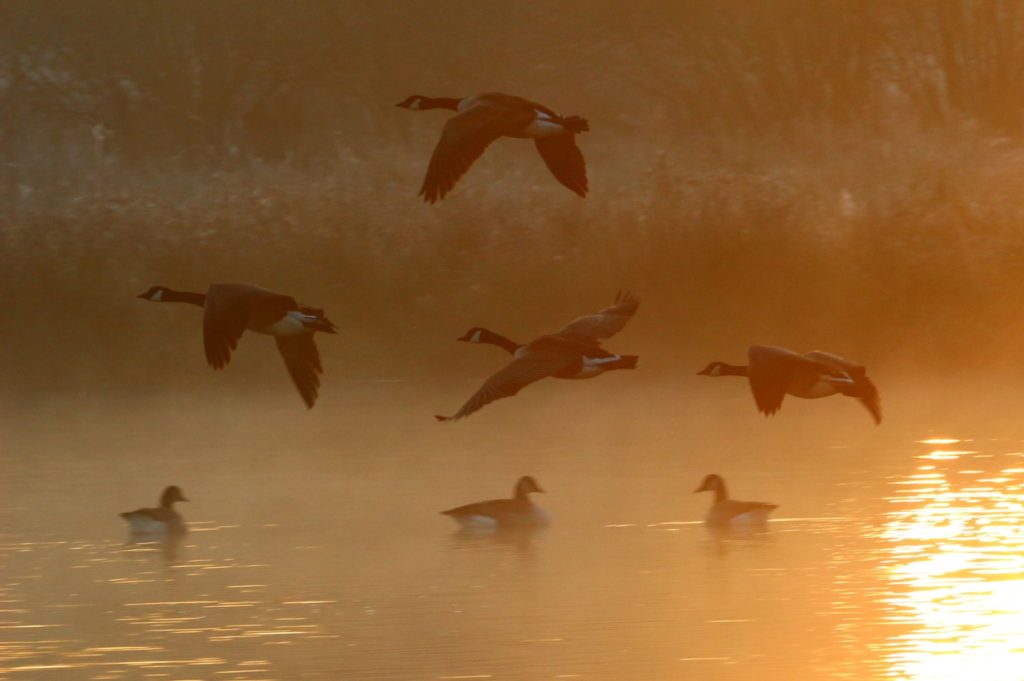
“Wild Geese”
By Mary Oliver
You do not have to be good.
You do not have to walk on your knees
for a hundred miles through the desert repenting.
You only have to let the soft animal of your body
love what it loves.
Tell me about despair, yours, and I will tell you mine.
Meanwhile the world goes on.
Meanwhile the sun and the clear pebbles of the rain
are moving across the landscapes,
over the prairies and the deep trees,
the mountains and the rivers.
Meanwhile the wild geese, high in the clean blue air,
are heading home again.
Whoever you are, no matter how lonely,
the world offers itself to your imagination,
calls to you like the wild geese, harsh and exciting —
over and over announcing your place
in the family of things.

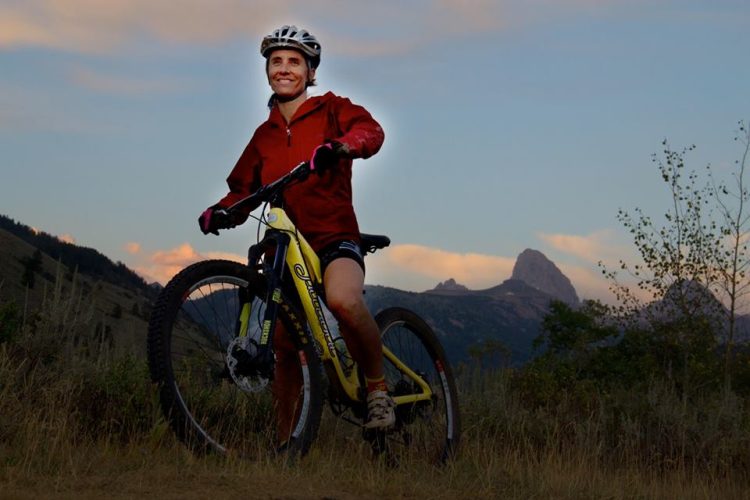








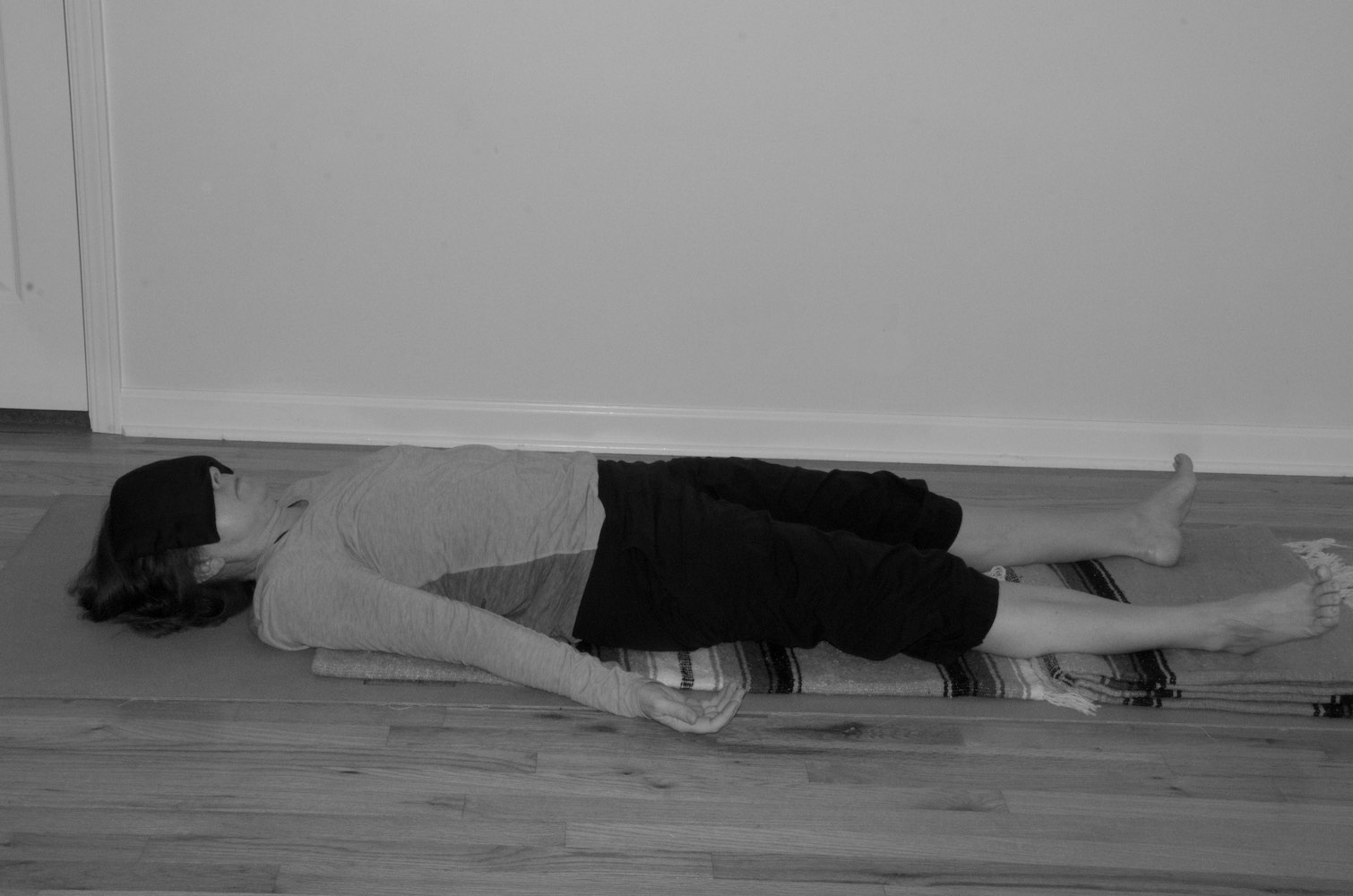
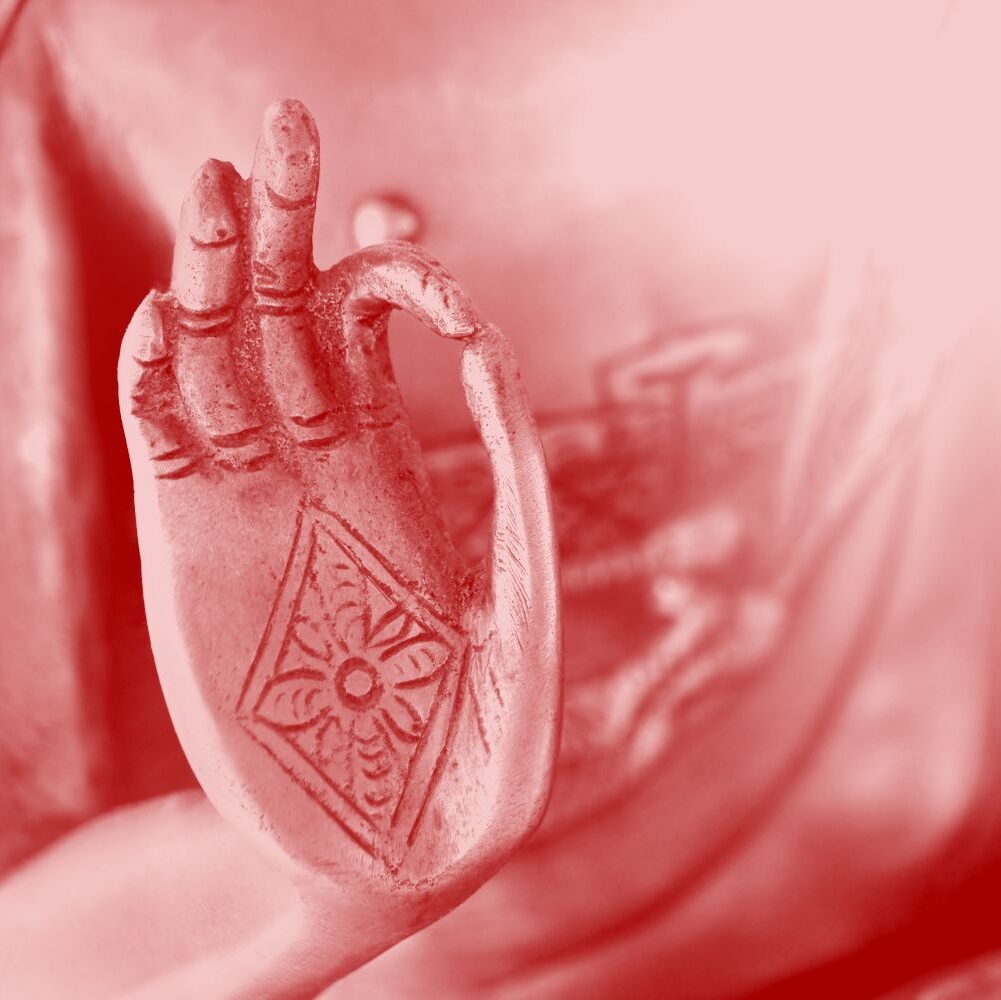
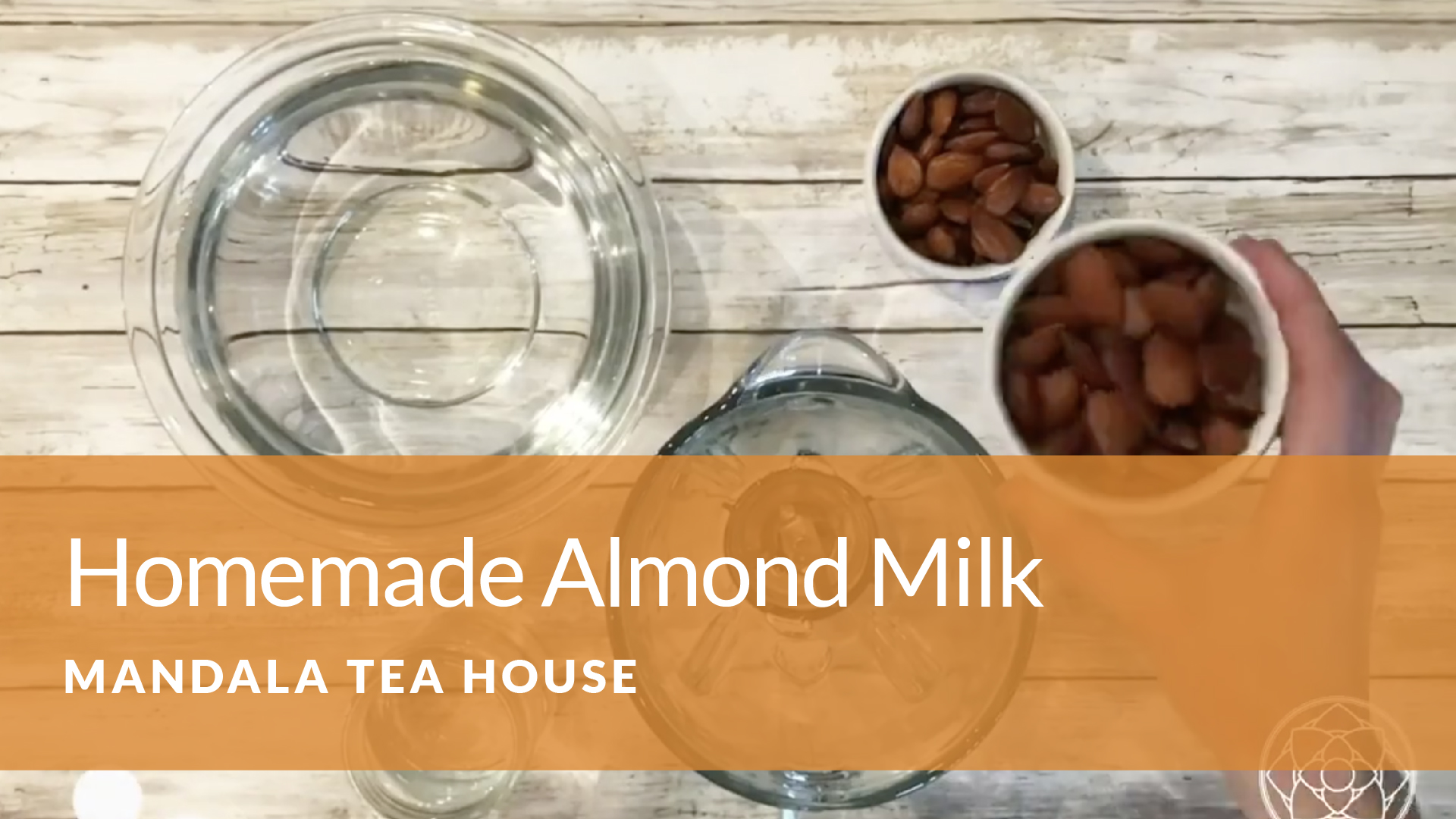




2 replies on “The Overwhelming Benefits of Spending Time in Nature”
Yes yes yes. I Love love love this.
This is a good and thoughtful commentary … words like this should be published everywhere! To end with the gorgeous Mary Oliver poem is “icing” … quite delicious. Thank you for showing us how to connect with the life force “out there” and how that force can help everyone become stronger. But, with intention and (forgive me) discipline.